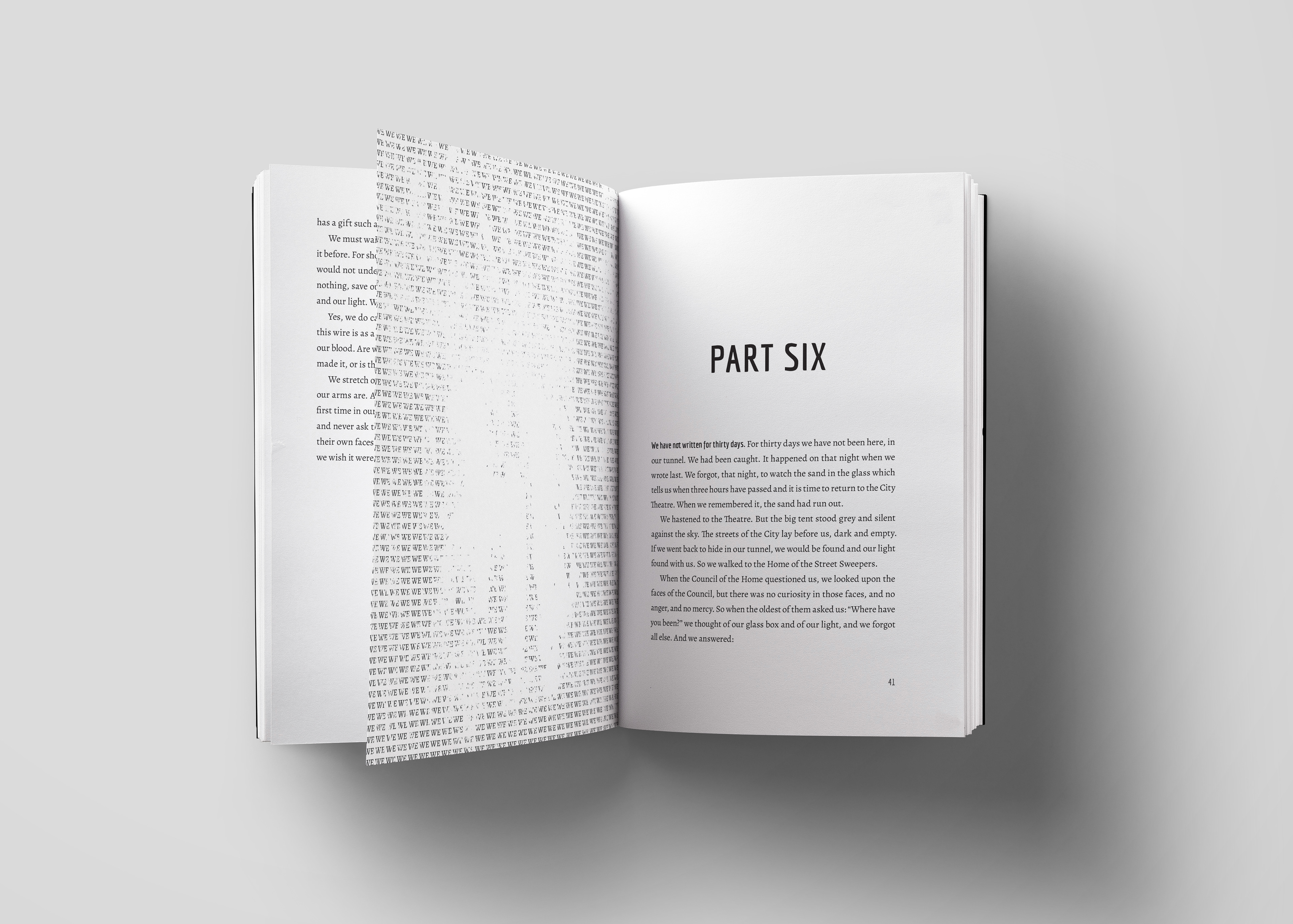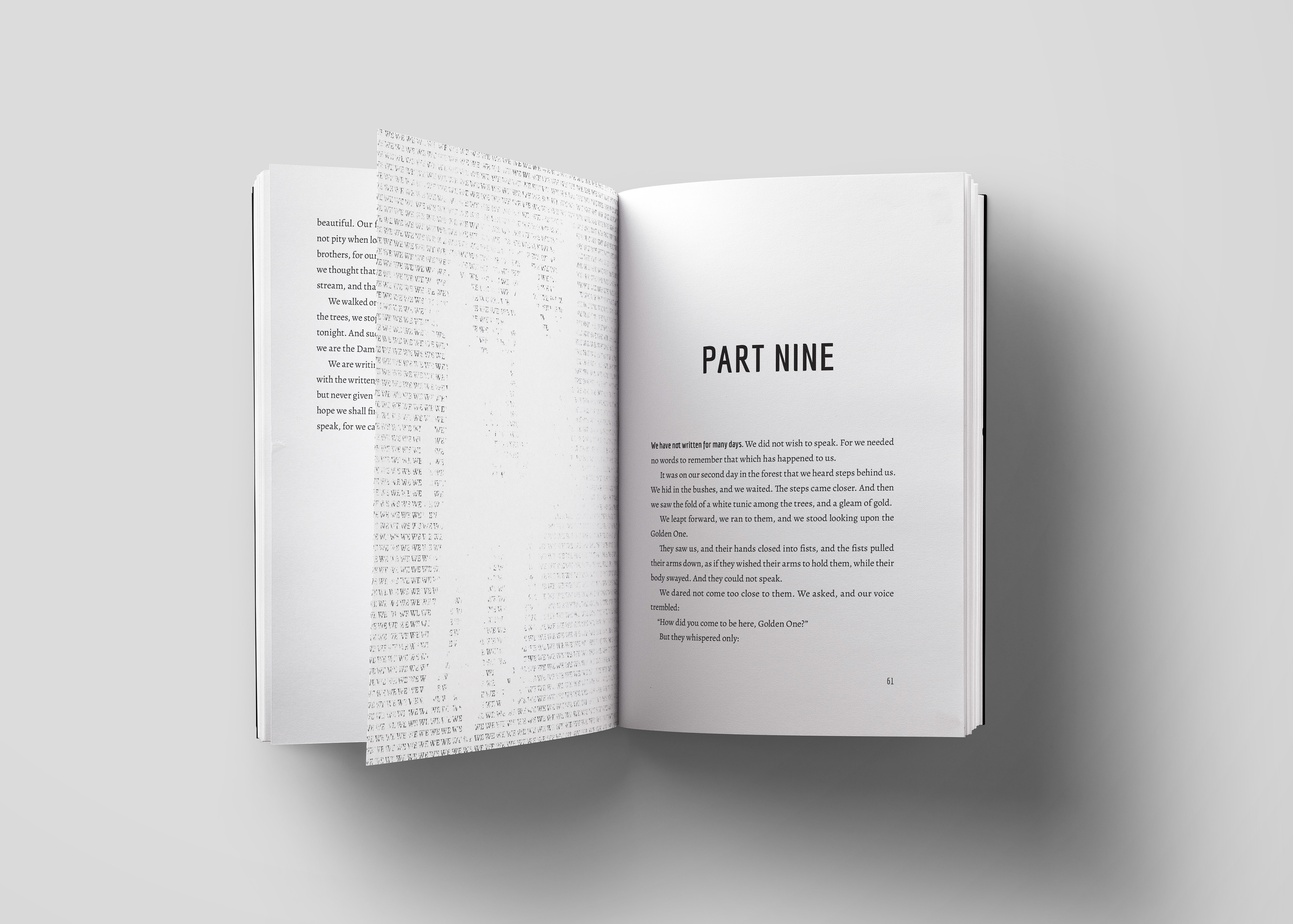Book Summary
Ayn Rand’s novella “Anthem” takes place in a future society where mankind has entered another Dark Age. In this dystopian society, it is sinful to think of oneself as an individual. The principle of collectivism (serving the state) is the sole guiding force for one’s purpose in life; the dictatorship government controls every aspect of people’s personal lives. Equality 7-2521 narrates and speaks in terms of “we” throughout the text to emphasize societal expectations. Designated as a Street Sweeper in his society, Equality 7-2521 is conflicted between obeying his society’s strict collective code and committing sinful acts such as journal writing, wishing for a different vocation, keeping secrets, thinking scientific thoughts, experimenting with discarded scientific tools, desiring a young woman, changing her name, and wondering about the Unspeakable Word of the past. After sharing an invention with his society’s brightest minds and seeing their fear of change, he decides to go on a forbidden journey of self-discovery which will impact his life and the lives of others for generations to come.
Dust Jacket
Since most of the novella depicts a bleak dystopian future for mankind, a black hazy background dominates the cover. People in the futuristic society have returned to the Dark Ages filled with ignorance and a fear of punishment. The coldness and rough texture of a brick wall emphasize the rigidity of a society which denies its citizens any freedoms.
In the novella “Anthem,” the main character Equality 7-2521 invents a new type of light by running electricity through a copper wire. The red glowing copper wire appearing on the back and front covers coils up to form the base of the burning light bulb image at the end of the novella’s title. Incorporating the filament component which heats up the light bulb, the “M” of the novella’s title stresses the importance of moving forward with moral purpose and developing an individual’s ego rather than pursuing a collective identity.
Book Interior Design




















The Alegreya font type has been used in the book’s interior and the typographic images that appear as its design has both a traditional and modern edge. The typographic images emphasize the serious nature of conforming to collectivism. Images repeating the word “WE” reflect the lack of individuality in Equality 7-2521’s world where everyone is expected to follow the World Council’s orders. Images reflecting the slow disintegration of the “WE” mentality emphasize Equality 7-2521’s evolving nature as he embarks on a journey of self-discovery.
Once Equality 7-2521 has found his own identity and has separated himself from the collective brotherhood, an image repeating the word “I” appears. Although a white background has typically been used to reflect the repetitive words, a black background with repetitive white text is used at key moments to signify when the plot begins, changes, and ends.








